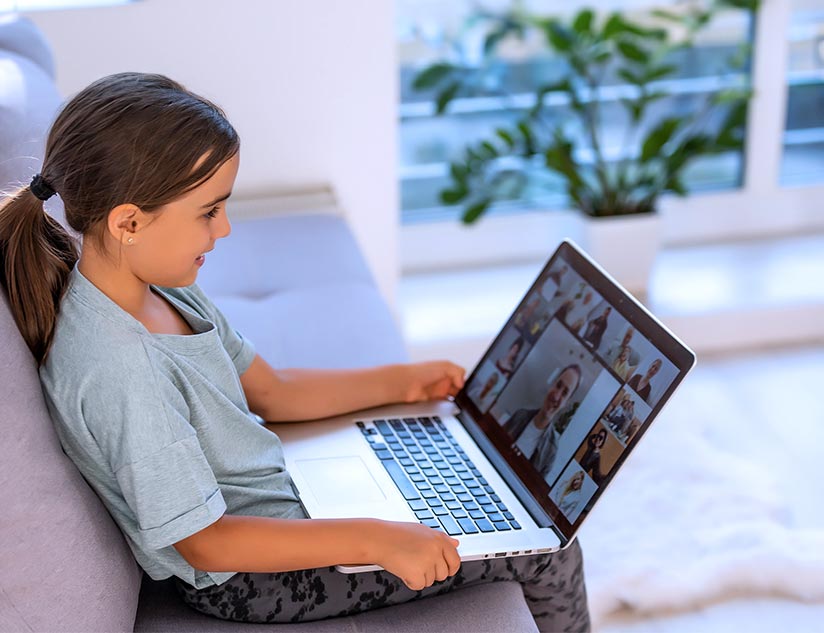The significance of online education has grown far beyond convenience. Today, it is an indispensable tool to catalyze the achievement of SDG4 and “education for all.” Remote learning in virtual classrooms makes knowledge and skill development opportunities accessible to everyone, everywhere, making it possible to address the human capital deficit and prevent learning loss. This helps prepare tomorrow’s workforce for Industrial Revolution 4.0 and beyond.
However, the defining factor in actualizing these dreams rests on the extent to which remote education translates into the desired learning outcomes. The cornerstones of ensuring improved attainment of learning goals are targeted, high-quality content, and improved engagement. Technological advances have provided educators and digital content publishers with the tools to ensure these objectives.
Strategies for Enhanced Learner Engagement in a Virtual Classroom
The ability of educators and publishers to facilitate learning is dependent on how well they are prepared for the digital transformation. Here’s what teachers must educate and encourage learners to do in order to foster engaging learning experiences:
Acquaint With Technology
Make them aware of the tools and techniques available on the LMS or virtual classroom software to communicate with their peers and teachers. For young learners, make sure you remind them and their parents about all the available options.
Encourage Collaboration
Educators can embed discussions within the teaching methodology and have feedback discussions to encourage students to participate actively in the learning process. Spider web discussions (student group discussions in the absence of a teacher), flipped classrooms, and group chats boost collaboration and communication. Such facilities also drive socio-emotional learning. Additionally, encouraging students to seek help and support from teachers can significantly enhance academic outcomes. Plus, parents and virtual learning assistants can ensure that no learning gaps creep in.
Leverage Personalized Learning
Learners can explore personalization options to experience adaptive learning that aligns with their learning preferences and goals. Choose a digital learning platform with an intuitive interface and easy-to-access options, such as Single Sign-On, to simplify the lives of learners and let them focus on acquiring skills and knowledge rather than manipulating technology. AI-powered, analytics-based learning models offer personalized experiences by assessing students’ learning styles and developing unique learning journeys.
Best Practices for Educators to Promote Engagement
Educators need to be the first adopters of technology in education. From digital content creation to assessment design and feedback, their active participation throughout the learning process is critical to enhancing student achievement rates.
Some of the best practices to follow during curriculum design, content development, and education delivery in the virtual classroom are:
- Augment the content with engaging multimedia and interactive elements, especially for self-driven modules.
- Encourage the active participation of students by employing gamification techniques such as leaderboards and badges.
- Ensure students receive timely, actionable feedback to bridge learning gaps and improve performance.
- Design self-driven, gamified, personalized, and assisted learning experiences that alleviate monotony and make learning an enjoyable experience that students look forward to.
- Foster a sense of community with discussion forums and social media groups. There can be forums for teachers, students, and parents to collaborate.
Challenges and Solutions for Virtual Classroom Engagement
A prominent challenge in elevating virtual classroom engagement is the need for more stable internet connections in some regions. As inclusion and accessibility gain more importance, these setbacks need to be addressed with the help of technology. Online education systems with offline access to learning materials, assessments, and asynchronous learning facilities need to be adopted. Educators and learning content developers must also ensure that privacy, interoperability, and accessibility regulations are complied with.
Digital distractions and technology burnout are also prominent concerns. Modern LMSs are equipped to monitor student activity to ensure they do not engage in distractions while learning. Simultaneously, parents and teachers must be vigilant about the digital exposure and resources students have access to. Educators must also stay abreast of the latest techniques and tools to achieve SDG4.
Reliable Technology and Strategic Content Design
The eLearning market is expected to hit $1 trillion, growing at a CAGR of 14% between 2023 and 2032. The way forward for education institutions is to forge strategic technology partnerships with regulators to develop conducive policies to ensure that learning outcomes are achieved. The most important role in accomplishing this is that of innovative technology solutions that facilitate collaborative and engaging learning experiences.
Adopting the right technology tools to deliver engaging content, training teachers and course developers about modern tools that help transition to novel teaching techniques, and creating awareness among parents and students of the facilities they can access will positively impact learning achievement.
MagicBox™ offers comprehensive digital content development and learning management solutions. AI-powered analytics facilitate the delivery of personalized learning experiences through synchronous and asynchronous virtual classrooms. With API-based integration capabilities and embedded compliance assurance protocols, the platform delivers the most advanced and sought-after online learning management solutions. Contact the team now to learn more.







